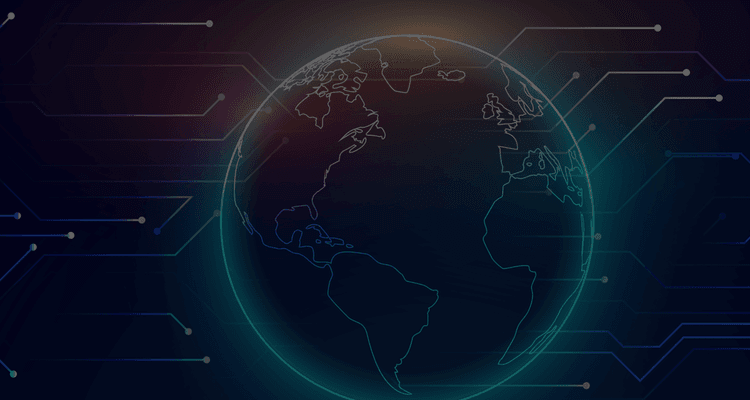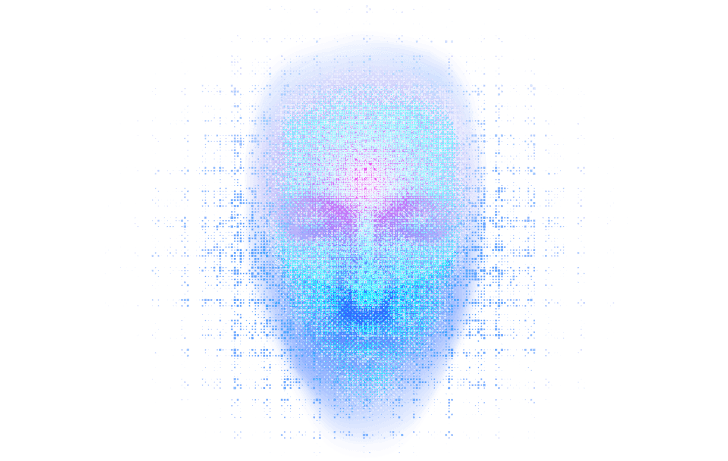
What All Security Directors Should Understand About AI Bias and Surveillance Compliance
The way that businesses handle security is being drastically changed by AI-powered surveillance. To enable quicker threat detection, real-time alerts, and increased operational efficiency, more businesses worldwide are implementing video analytics, facial recognition, and behavior detection systems. But as adoption accelerates, so do the legal and ethical risks, especially around AI bias and regulatory compliance.
In markets like the UK, EU and Canada data protection laws grow stricter, tightening requirements around data transparency, automated decision-making and ethical AI use. Therefore, deploying smart video surveillance systems without a clear understanding of the risks of algorithmic bias and privacy regulations is no longer an option, as their negligence creates a serious legal and reputational liability.
Understanding AI bias in surveillance systems
AI bias in video surveillance typically refers to systematic errors in in how algorithms identify, categorize, or interpret actions or people. This can stem from unbalanced training datasets that overrepresent particular environments or demographics.
Another issue is the limitations in the underlying model architecture which do not take into consideration the diversity of the real world. For instance, demographic differences are frequently seen in face recognition algorithms. The U.S. National Institute of Standards and Technology (NIST) study found that many facial recognition algorithms show significantly higher false positive rates for Asian, African American, and Native American faces - sometimes by a factor of 10 to 100 - compared to Caucasian faces, especially in one-to-one matching. Interestingly, algorithms developed in Asian countries demonstrated more balanced accuracy between Asian and Caucasian faces, suggesting that training data diversity may play a key role in reducing bias. The report also highlights that not all algorithms exhibit the same levels of bias, reinforcing the need for careful evaluation and equitable data practices in AI development. Many systems are trained primarily on datasets that lack gender or ethnic diversity, which leads to these disparities. When used in multicultural settings, this reduces their accuracy and fairness. Scylla Face Recognition has underwent NIST scrutiny to show our dedication to international industry standards.
Moreover, behavior detection algorithms can also inherit cultural or contextual biases. If a model is trained to identify "suspicious" behavior based on surveillance footage from one region or context, it may incorrectly flag benign actions in another. These biases not only lead to poor system performance but also risk reinforcing harmful stereotypes, for example, for anomalous behavior recognition solutions, such as potential shoplifting and aggressive behavior detection modules.
Why bias in AI poses a security liability
Some security experts might believe that AI mistakes are a technical problem that will be resolved in the future.
First and foremost, AI bias can erode trust among clients, employees and the public. A system that wrongfully identifies individuals based on bias not only fails at detection but also undermines the integrity of the entire security operation. In high-stakes environments like airports, hospitals or government buildings, this loss of trust can be catastrophic.
When it comes to legal liability, biased AI systems may expose organizations to lawsuits related to discrimination or violations of human rights. For instance, under GDPR, individuals have the right not to be subject to decisions made only on the basis of automated processing that significantly affects them. A biased alert that leads to police intervention or termination of employment can open the door to regulatory investigations and civil claims.
Finally, when AI systems are biased, they can frequently cause false positives or negatives. As a result, security teams either fail to respond to actual threats or waste time chasing false alarms. In serious situations, these mistakes can cause harm and even legal issues for the company.
The state of AI surveillance compliance in 2025
Regulatory frameworks around AI and data privacy are evolving quickly, becoming more stringent. In the European Union and UK, the GDPR regulates how organizations gather, process, and use personal data, including video. It imposes stringent guidelines on automated decision-making, demanding safeguards and explainability, particularly when sensitive data, such as biometric data, is involved.
In Canada, the Personal Information Protection and Electronic Documents Act (PIPEDA) and more recent provincial laws, such as Quebec’s Law 25, require accountability, transparency, and consent when using personal data, including for surveillance. Canadian regulators have also taken firm stances on facial recognition, as evidenced by decisions against inappropriately implemented systems.
The United States presents a fragmented but growing patchwork of state-level laws like California’s CCPA and sectoral restrictions. Several cities, including San Francisco and Portland, have banned certain applications of facial recognition technology. Meanwhile, Australia has updated its Privacy Act and introduced voluntary AI ethics guidelines aimed at responsible development and deployment.
What is common for all these jurisdictions is the growing demand that AI surveillance be transparent, fair and accountable. Failing to meet these standards not only invites penalties and enforcement but can also limit the ability to scale operations globally.

Five Insights about Selecting a Video Analytics Solution
Learn how to select an appropriate AI video analytics solution to meet your specific physical security needs.
Read moreHow Scylla AI approaches responsible surveillance
At Scylla AI, we view responsible innovation as the foundation of trustworthy and future-proof security. Our approach is guided by core ethical principles: transparency, fairness, and regulatory compliance, which are embedded throughout every stage of our AI development and deployment.
● Collaborative testing Partnering with both government and private sector organizations, we constantly test our solutions in real-world scenarios to validate their accuracy, reliability and fairness.
● Data privacy by design Scylla gives you full control over your data. By default, we do not store any information. Even if you choose to enable data storage, all data remains on your local network, never leaving your infrastructure. This ensures that only you manage access and retention.
● Independent testing and international certifications Scylla’s technology has been tested by independent government and private institutions. We also hold globally recognized certifications, such as SOC 2 and ISO 27001:2013, that reflect our commitment to data security, ethical AI development, and continuous improvement.

Final Takeaway
AI surveillance offers unparalleled advantages for modern security operations, but it comes with responsibilities. With regulatory scrutiny getting more stringent in the UK, EU, Canada, and other regions, it’s critical for security directors to fully understand the legal landscape surrounding AI to make informed decisions about the technologies they deploy. AI bias is not just a technical flaw but a legal and ethical risk that can undermine trust and expose organizations to serious consequences. For this reason, companies should seek partners who prioritize transparency, compliance and continuous improvement.
Stay up to date with all of new stories
Scylla Technologies Inc needs the contact information you provide to us to contact you about our products and services. You may unsubscribe from these communications at any time. For information on how to unsubscribe, as well as our privacy practices and commitment to protecting your privacy, please review our Privacy Policy.
Related materials

Top AI Video Analytics Trends for 2025
As we step into 2025, the question is no longer whether to integrate AI into your security strategy but how to do it effectively.
Read more
Five Insights about Selecting a Video Analytics Solution
Learn how to select an appropriate AI video analytics solution to meet your specific physical security needs.
Read more
How to Minimize the Hidden Costs of Physical Security Breaches with AI
Discover how integrating AI analytics into video surveillance and access control systems helps improve security and avoid the devastating consequences of physical security breaches.
Read more
